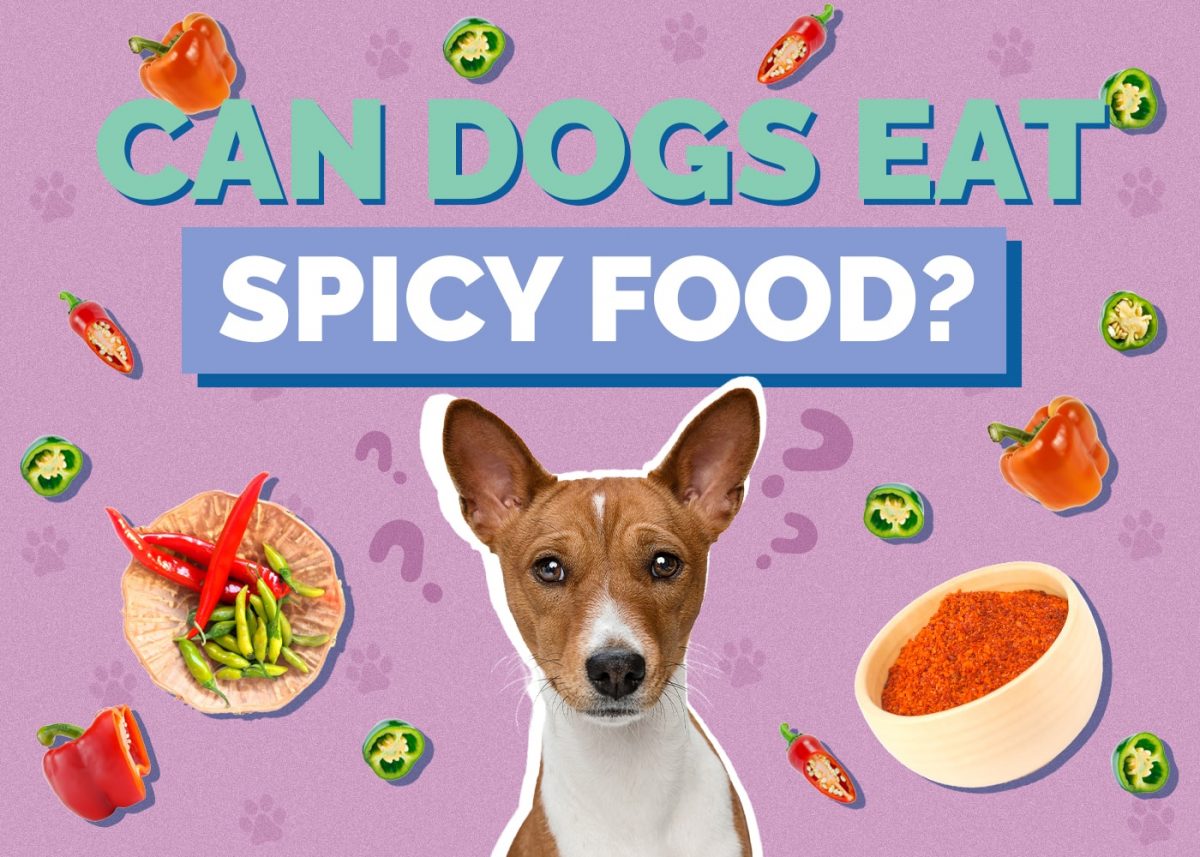Can Dogs Eat English Muffins? If you’re wondering whether it’s safe to share your English muffin with your dog, it helps to know what they’re made of. English muffins are typically crafted from basic ingredients like flour, yeast, salt, and sugar. They often include common additions such as butter, milk, and preservatives.
You can also find various types of muffins, including whole wheat, flavored, and gluten-free options. While these muffins might be a treat for you, let’s explore if they’re a suitable choice for your canine companion.Let’s explore that – Can Dogs Eat English Muffins?
Are English Muffins Safe for Dogs to Eat?
English muffins are a popular treat for humans, but when it comes to dogs, it’s essential to understand their safety and potential risks. Here’s a comprehensive look at whether English muffins are a safe choice for your canine companion.
General Safety: Plain vs. Flavored Muffins
- Plain Muffins: Plain English muffins, which are made from basic ingredients like flour, water, yeast, and salt, are generally less harmful than their flavored counterparts. A small amount of plain muffin might not cause immediate issues, but it’s still not an ideal treat.
- Flavored Muffins: Muffins with added flavors, such as chocolate chips, raisins, or icing, are more problematic. Ingredients like raisins and chocolate can be toxic to dogs, while added sugars and artificial flavorings can contribute to various health issues.
Potential Risks: High in Carbs and Calories
- High Carbohydrate Content: English muffins are high in carbohydrates, which can lead to weight gain and obesity in dogs if fed regularly. Dogs don’t need as many carbs as humans do, and excess carbs can contribute to digestive problems.
- Calories: The caloric content in English muffins can add up quickly, especially if given frequently. This can contribute to weight gain and other related health issues, particularly in smaller dogs or those with lower activity levels.
Ingredients to Avoid: Sugar, Salt, Butter, Artificial Additives
- Sugar: Many English muffins contain added sugars, which are unhealthy for dogs. Excess sugar can lead to obesity, diabetes, and dental problems.
- Salt: High salt content can be harmful to dogs, potentially leading to dehydration and more severe health issues such as salt poisoning.
- Butter: Ingredients like butter add extra fat and calories, which can upset your dog’s digestive system and contribute to obesity.
- Artificial Additives: Muffins with artificial sweeteners or flavorings can be particularly harmful. For example, xylitol, a common artificial sweetener, is highly toxic to dogs and can cause severe health issues.
While a small piece of plain English muffin might not cause immediate harm, it’s not an ideal treat for dogs. The high carbohydrate and calorie content, combined with potentially harmful ingredients, make it best to avoid feeding English muffins to your dog. Opt for healthier treats that are specifically designed for canine health and nutrition.
Possible Health Concerns for Dogs
Feeding English muffins to dogs can lead to various health issues. Here’s an overview of the potential concerns to be aware of:
Digestive Issues: Gas, Bloating, Upset Stomach
- Gas: English muffins are high in carbohydrates, which can be difficult for dogs to digest. This may lead to gas, causing discomfort and bloating.
- Bloating: The starchy nature of muffins can contribute to bloating, especially if your dog eats a significant amount or if they have a sensitive digestive system.
- Upset Stomach: The combination of ingredients and the potential for overconsumption can upset your dog’s stomach, leading to symptoms like nausea and diarrhea.
Allergic Reactions: Symptoms of Wheat or Gluten Intolerance
- Wheat Allergies: Many English muffins contain wheat, which can trigger allergic reactions in some dogs. Symptoms might include itching, skin rashes, or ear infections.
- Gluten Intolerance: Dogs with gluten intolerance may experience gastrointestinal issues such as diarrhea, vomiting, and abdominal pain after consuming gluten-containing foods.
Long-Term Risks: Obesity, Diabetes, Dental Problems
- Obesity: Regularly feeding high-carb and calorie-dense treats like English muffins can lead to weight gain and obesity. This increases the risk of other health issues, such as joint problems and heart disease.
- Diabetes: High sugar content in some muffins can stress your dog’s pancreas over time, potentially leading to insulin resistance and diabetes.
- Dental Problems: Sugars and starches in muffins can contribute to plaque buildup and dental issues. Regular consumption can lead to cavities, gum disease, and bad breath.
While an occasional small piece of English muffin may not cause immediate harm, the potential for digestive issues, allergic reactions, and long-term health risks makes it an unsuitable regular treat for dogs. To ensure your dog’s well-being, focus on healthier snack options specifically designed for canine nutrition.
When English Muffins Might Be Okay for Dogs
Though English muffins are not the ideal treat for dogs, there are specific situations where they might be acceptable. Here’s when it might be okay to give your dog a small taste:
Small, Plain Portions: Occasionally Safe in Moderation
- Portion Size: If you choose to give your dog English muffin, ensure it’s a very small, plain piece. Avoid muffins with added sugars, butter, or flavorings.
- Moderation: Offer English muffins as a rare treat rather than a regular part of their diet. A tiny piece occasionally is less likely to cause issues compared to frequent or large servings.
Dogs Without Allergies: Wheat and Gluten Tolerance
- No Allergies: Make sure your dog does not have any allergies or intolerances to wheat or gluten before giving them English muffin. Dogs with known sensitivities to these ingredients should avoid such treats altogether.
- Healthy Digestive System: Ensure your dog’s digestive system can handle the additional carbohydrates without adverse effects. If your dog has a history of gastrointestinal issues, it’s best to skip the English muffin.
Special Situations: As a Rare, Controlled Treat
- Controlled Treat: In certain situations, such as a special occasion or training reward, a very small piece of plain English muffin might be acceptable. Ensure that this treat does not disrupt your dog’s balanced diet or regular health routines.
- Monitoring: Always monitor your dog’s reaction to new treats. Watch for any signs of digestive upset or allergic reactions, and adjust their diet accordingly.
By adhering to these guidelines, you can safely incorporate English muffins into your dog’s diet on rare occasions. However, it’s crucial to prioritize treats that are specifically formulated for dogs to ensure their health and well-being.
Healthy Alternatives to English Muffins
If you’re looking for healthier snack options for your dog, there are plenty of dog-friendly alternatives to English muffins that are nutritious and safe. Here’s a guide to some of the best choices:
Dog-Friendly Snacks: Fruits, Vegetables, Lean Meats
- Fruits: Many fruits are safe and beneficial for dogs. Offer small pieces of apple (without seeds), blueberries, strawberries, or bananas. These fruits provide essential vitamins and antioxidants without added sugars or fats.
- Vegetables: Carrots, green beans, and sweet potatoes are excellent low-calorie snacks. They are high in fiber and vitamins, promoting good digestion and overall health. Serve them raw or cooked, avoiding added salt or seasonings.
- Lean Meats: Cooked lean meats like chicken, turkey, or beef can be a great source of protein. Ensure the meat is plain, fully cooked, and free from bones, skin, and seasoning.
Commercial Dog Treats: Balanced Nutrition for Dogs
- Quality Dog Treats: Opt for commercial dog treats that are specially formulated to meet canine nutritional needs. Look for treats that contain high-quality ingredients and are low in unnecessary fillers, artificial additives, and excessive calories.
- Health Benefits: Many commercial treats offer additional health benefits, such as dental care or joint support, making them a practical choice for maintaining your dog’s well-being.
Homemade Options: Simple Recipes with Dog-Safe Ingredients
- Easy Recipes: Homemade treats allow you to control the ingredients and ensure they are dog-safe. Try simple recipes using ingredients like pumpkin, peanut butter (without xylitol), and oats. These treats can be both nutritious and tasty.
- Wholesome Ingredients: Use wholesome ingredients that are beneficial to your dog’s health. For example, recipes with sweet potatoes or apples can provide essential vitamins and fiber while avoiding harmful additives.
By choosing these healthy alternatives, you can ensure that your dog enjoys tasty snacks that contribute to their overall health and well-being. Always introduce new treats gradually and monitor your dog for any adverse reactions.
What to Do If Your Dog Eats an English Muffin
If your dog has consumed an English muffin, it’s important to act promptly and appropriately to ensure their health and safety. Here’s a step-by-step guide on how to handle the situation:
Immediate Actions: Check the Amount and Ingredients
- Amount Consumed: Determine how much of the English muffin your dog ate. A small piece might not be cause for major concern, but a larger amount could be more problematic.
- Ingredients: Identify if the muffin had any added ingredients such as sugar, butter, or artificial sweeteners. Ingredients like xylitol or raisins can be particularly harmful and may require immediate action.
Watch for Symptoms: Vomiting, Diarrhea, Lethargy
- Vomiting and Diarrhea: Monitor your dog for signs of gastrointestinal upset. Vomiting and diarrhea are common reactions to foods that their digestive system isn’t used to or that contain harmful ingredients.
- Lethargy: Observe any unusual behavior such as lethargy or a noticeable decrease in energy. These symptoms might indicate discomfort or a negative reaction to the muffin.
- Other Symptoms: Keep an eye out for additional signs like excessive thirst, changes in appetite, or abdominal pain.
Veterinary Consultation: When to Seek Professional Help
- Minor Symptoms: If your dog has eaten a small amount of plain English muffin and exhibits mild symptoms, monitor them closely. Ensure they have access to fresh water and keep an eye on their condition.
- Severe Symptoms: Contact your veterinarian if your dog shows severe symptoms such as persistent vomiting, severe diarrhea, or signs of an allergic reaction (e.g., swelling, difficulty breathing). Immediate veterinary attention may be necessary.
- Harmful Ingredients: If the muffin contained harmful ingredients like xylitol, chocolate, or raisins, seek veterinary help right away. These ingredients can be toxic and may require urgent medical intervention.
By following these steps, you can help ensure your dog’s well-being and address any issues that arise from eating an English muffin. Always err on the side of caution and consult your vet if you have any concerns about your dog’s health.









